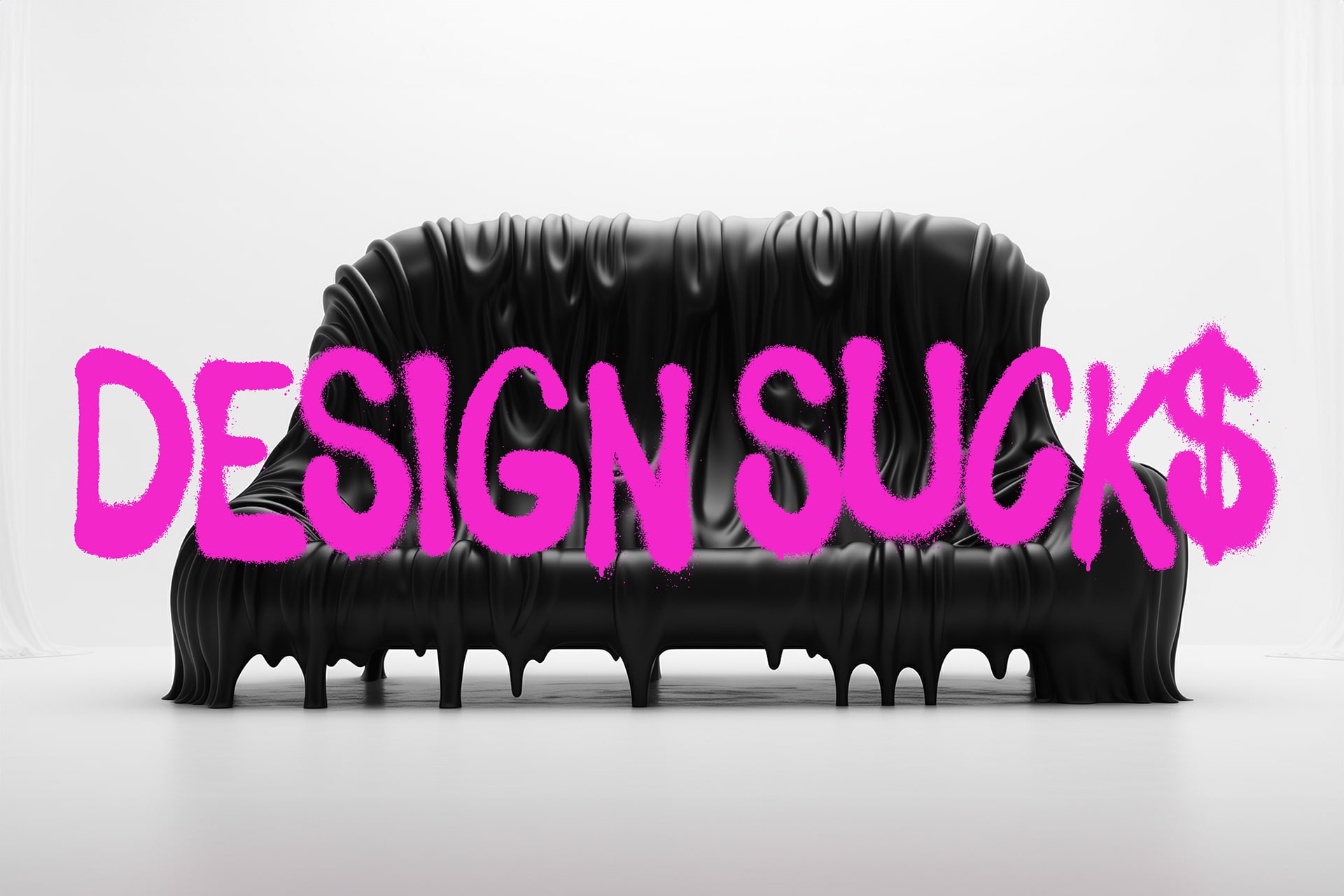The official definition of “design” is provided by the vocabulary of the arts: “aesthetics and design in modern mass production” we read. Common objects such as a chair, a lamp, a refrigerator “of deign” result from the work of a designer who seeks a solution that guarantees not only efficiency but also the pleasure of the eye. The modern design concept has been adopted from the early twentieth century, when designing a piece of furniture, a series of cutlery or a cup began to be considered almost as important as designing a skyscraper. The idea of a unity of the arts established itself, according to a new way of design and invention whose key words are beauty and functionality. Today, the use of the word design is extended to different areas: the design of web pages, public and private vehicles, furniture, graphics and jewelry. In all these sectors, in fact, a phase of high projectuality is required in order to predict the practical functionality of the product, its pleasantness and, consequently, its market success.
Having made the necessary premises and looking at the most recent data, it is clear that a wave of change driven by design is affecting and reshaping not only our environment, but also our lifestyle. On the other hand, in recent years the term design has become synonymous with many words, encapsulating so many meanings that perhaps we have lost the sense of the original definition. Among these there is lifestyle, aesthetics, but also – and perhaps above all – business. Today design is no longer about surfaces and decorations. The real deal is when it comes to profitability. Design is, in brief, the keystone that allows to increase revenues at a speed otherwise unrelated to the system. This applies not only to the A&D, but also to hospitality, real estate, residential, and beyond.
Taking a practical, and perhaps banal, example, we assume as the protagonist of our story a design expert sightseeing Roma. His journey will begin from the main door of the high-end hotel he has selected precisely because of its meticulously crafted interiors and architecture. It is not just about beauty and functionality: it is the added value to the overall experience. The combination of aesthetics and practicality results in increased bookings and, consequently, in a substantial increase in the profitability of the hotel. In a nutshell, business. And, with an eye to data, it is not a small business.
If the expectations on the hospitality sector for 2022 were a double-digit increase of the world turnover – from 470 billion euros recorded in 2021 (+14% in 2020) up to 530 billion euros (+12%) – by the end of the second half of 2023 it is estimated a more contained growth of 5%. The long-term forecasts would then bring production to 690 billion euros in 2027 (Mediobanca Research Area). On the real estate level the same game is played. Houses with well-maintained interiors and functionality-oriented architecture fly off the market shelves faster than their conventional counterparts. Buyers are not only looking for a home, but for a convenient and aesthetically satisfying living experience.
However, while design stands at the center of our attention as a factor of profit and value, there is a critical caveat to consider. The excessive and abused use of the word design can artificially inflate the value of products and projects that– at least in the definition we gave at the beginning – do not correspond to that term. It is called “the boomerang effect”, and it is not at all pleasant for those who experience it. Thus, here it is explained our title: Design Suck$. This consideration applies, for example, when a so-called misleading advertising labels something like “design”, thus inducing consumers to think that they are getting maximum quality and style.
Improper use of the design label thus risks eroding consumer confidence, tarnishing the value of authentic design and harming those who really make design happen. This is why it is essential for consumers, buyers and enthusiasts to distinguish between authenticity and surface labelling. In a world where design is truly synonymous with value and speed, it remains essential to recognize its positive impact. Genuine design deserves to be recognized and celebrated for its ability to enrich the experience, enhance places and contribute to sustainable economic growth. This is the real deal, and it is here to stay!
At this point, however, some indication is necessary to answer the question: How to recognize true design? First, as claimed by Leonard Bruce Archer CBE – Professor of Design Research at the Royal College of Art argued, and perhaps the first person to use the word “design thinking” – design “ must begin with a need” and “must reconcile”. In his opinion, the art of designing is the art of reconciliation and thus it is devoted to satisfying a specific need. The concept of intention is central: design reasons according to procedures, that is, it establishes a set of operations whose characteristics are determined by a precise purpose that must be clear upstream of the process. Shape is just one aspect of design and always follows function, so good design is invisible. It starts from the analysis of human needs, abilities and behaviors, shaping around them the design and realization of artifacts. Good design, in short, reduces the entropy of life, daily and not, in the home and in the hotel, and conveys the spread of that beauty that is premised, if not of happiness, at least of fulfillment.


